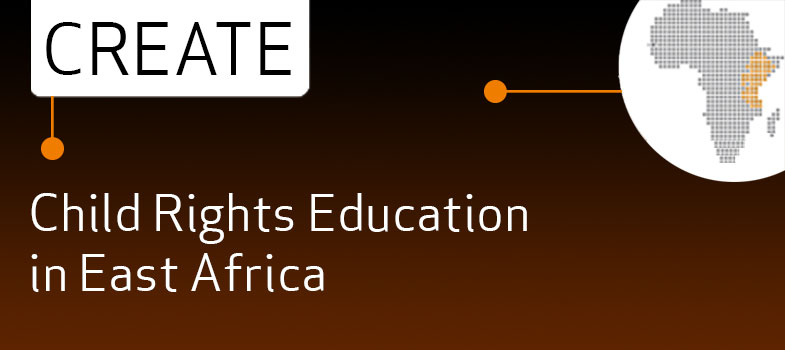Middle childhood 6–10 years
Progress during the ages of 6–10 years in the major areas of development is more gradual than in the first few years of life.
Physical development
- Children aged 6 to 10 are more independent and physically active than they were in the pre-school years.
- Strength and muscle coordination improve rapidly in these years.
- Many children learn to throw, hit or kick a ball.
- Some children may even develop skills in more complex activities, such as dancing.
Cognitive development
- Children develop a more mature and logical way of thinking. If encouraged, they become able to consider a problem or situation from different perspectives.
- However, they are most concerned with things that are ‘real’. For example, actually touching the fur of an animal means more to a child than being told that an object is ‘soft like an animal’.
- Because they still can mostly consider only one part of a situation or perspective at a time, children of this age have difficulty fully understanding how things are connected.
Social and emotional development
- Children begin to be more separate from parents and seek acceptance from teachers, other adults, and peers.
- Children develop the ability to judge themselves and be aware of how others see them. For the first time, they are judged according to their ability to produce socially valued outputs, such as getting good marks in school.
- Children come under pressure to conform to the style and ideals of the peer group.
Back to previous pagePrevious
The pre-school years
